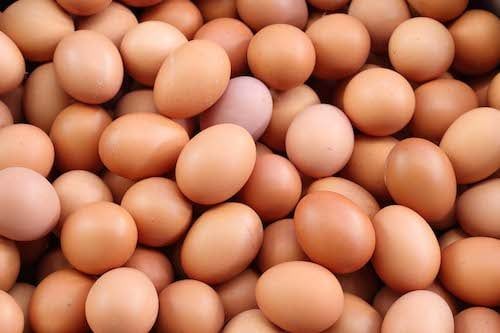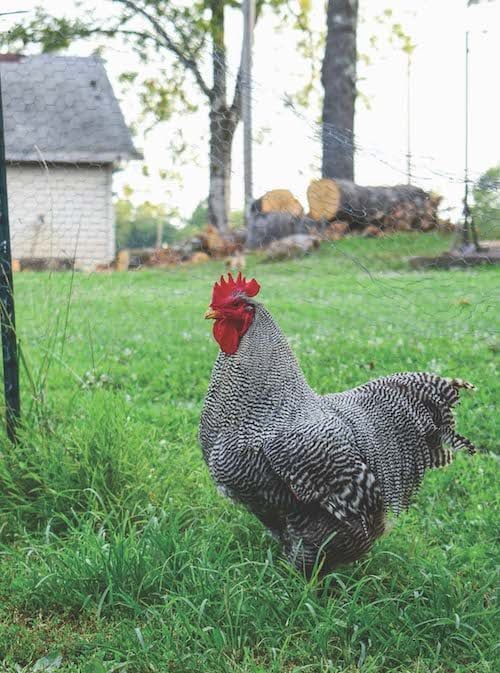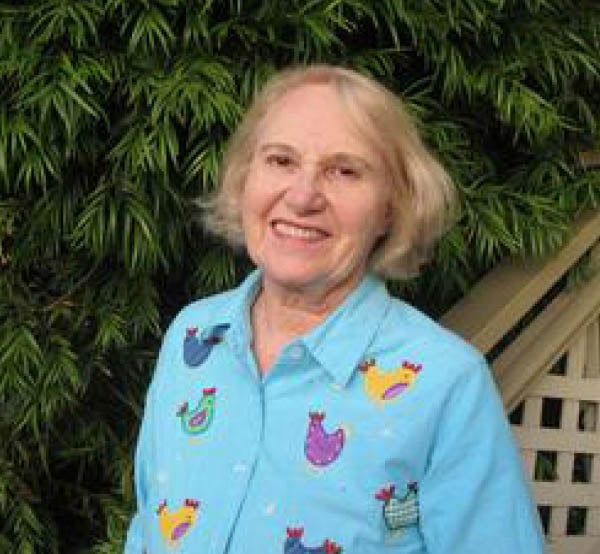Small is the Next Big Thing


How backyard flocks support APA Standards
Backyard chicken keepers support American Poultry Association Standard breeds with their small flocks. Supermarket chicken comes from industrial producers that raise hundreds of thousands of proprietary genetic birds. The Covid-19 pandemic showed how important small flocks are, to production as well as breed conservation.
Small flocks, like vegetable gardens, give their keepers a measure of self-sufficiency. You’ll always have eggs!
Circle of eggs
The Covid-19 shelter-in-place exposed issues of how American food production works, or doesn’t. Local sources became more important for putting food on the table. Community Supported Agriculture farms, farmers markets, growing your own, and appreciating your local farmers, became the 21st century version of Victory Gardens.

When the Covid-19 shutdown disrupted commercial food supplies, small flock keepers stepped into the breach. What a great way to impress on consumers how important it is to support farmers and small producers!
“Backyard raising of standard-bred poultry, either for meat eggs or both, can certainly help fill this void,” stated Mark Podgwaite, president of the American Poultry Association. “It is a fascinating and educational family hobby and standard bred poultry are a natural for this type of project”.
Food system hiccups
The Covid-19 crisis stretched the commercial food distribution system in 2020.
Egg shortages showed up right away. Consumers bought out supermarket supplies. But although the industrial egg producers who supply eggs to restaurants and institutions lost those high-volume customers, they were unable to step in to supply grocery stores because they didn’t have the cartons and equipment for individual consumers. They were faced with destroying their eggs, or even whole flocks, for lack of a way to sell them.
In one case, a small flock egg producer, Timi Bauscher of Nesting Box Farm Market and Creamery in Kempton, Penn., who has 1,700 hens and sells 80-100 dozen eggs a day, partnered with a commercial producer to sell eggs. She heard about Josh Zimmerman’s operation: 80,000 hens laying 60,000 eggs daily, which he sold entirely as liquefied eggs to cruise ships, hospitals and school cafeterias. With those not operating, he had no outlet for his flock’s eggs. Without a market for eggs, he’d have to euthanize his flock.
Ms. Bauscher connected with him and used her social media connections to advertise the eggs. Hundreds of buyers wanted them, so she arranged to relocate from her farm stand to a local community center. Volunteers helped out.
The episode illustrated how smaller operations can adapt quickly to changing market conditions. Industrial operations are stuck. They can only conduct their operations one way. If that’s blocked, they come to a full stop.
“Local farmers markets, farm stands, or simply placing an ‘honor system’ stand at the end of your driveway are all great avenues for surplus eggs,” Podgwaite said.
Building better backyard flocks
The pandemic shutdown was the right time for people who had been on the fence about starting a backyard flock. Now is the time to learn about the American Poultry Association and its Standard breeds that are suitable for small flocks, such as Brahmas, Wyandottes, and Orpingtons.

Backyard chickens became a thing in the early 21st century. Little did anyone suspect that raising chickens in small flocks could be a harbinger of changes to food systems.
Small flocks focus attention on humane treatment of domestic livestock. As backyard keepers learn about their chickens, their hearts are softened to the suffering of chickens that live in cages so small they can’t flap their wings, chickens that never see the sun or scratch in dirt. Keeping a backyard flock makes it hard to ignore the gritty realities of concentrated animal feed operations.
The requirements of large production facilities relegate concerns about animal welfare to the profit and loss sheet. The suffering of animals doesn’t fit into those considerations. Small flock owners who watch over their birds can allow themselves more latitude in caring for their birds beyond the basics of health and disease, into quality of life.
Small flocks are an excellent teaching tool. The Museum of Science and Industry uses hatching chicks in its Genetics exhibit. The exhibit hatches Java eggs for Garfield Farm Museum in LaFox, Ill., which helped them improve their Java flock. The museum was able to hatch far more eggs than Garfield Farm could have hatched on its own.
Classroom chickens introduce children to chickens and help them understand that food has to be grown and raised. It doesn’t magically appear at the grocery store.
Young chicken keepers—and their parents—learn about Standard breeds by joining the American Poultry Association.
As backyard chickens have become more popular, communities have eased restrictions to allow them. Austin, Texas, even offers a $75 rebate to support backyard flocks. It’s part of the composting element of their solid waste reduction program.
Better food, from local people, gives small flock owners a marketing advantage. The APA supports producers keeping Standard breed flocks with its Flock Inspection program. The experiences consumers had during the Covid-19 crisis may influence permanent changes in American food systems after the pandemic is over.
The APA is proud to be part of supporting American agriculture and better food production systems.
Tags:The Back Story

Chicken Whisperer is part of the Catalyst Communications Network publication family.












